1,569 days, 2,406 entries ...
Newsticker, link list, time machine: HOLO.mg/stream logs emerging trajectories in art, science, technology, and culture––every day
Frustrated with the state of today’s social media platforms and how they extract attention (“I feel trapped!”), German graphic designer and creative coding enthusiast Tim Rodenbröker launches a radical alternative: 128kb Challenge is a distraction-free, community-first feed for discovering and sharing minimalist programmed works. Anyone working in Processing, p5.js, or GLSL can participate by submitting GIFs that adhere to the 128×128 pixels, 128 colours, and 128 kilobyte size limit.
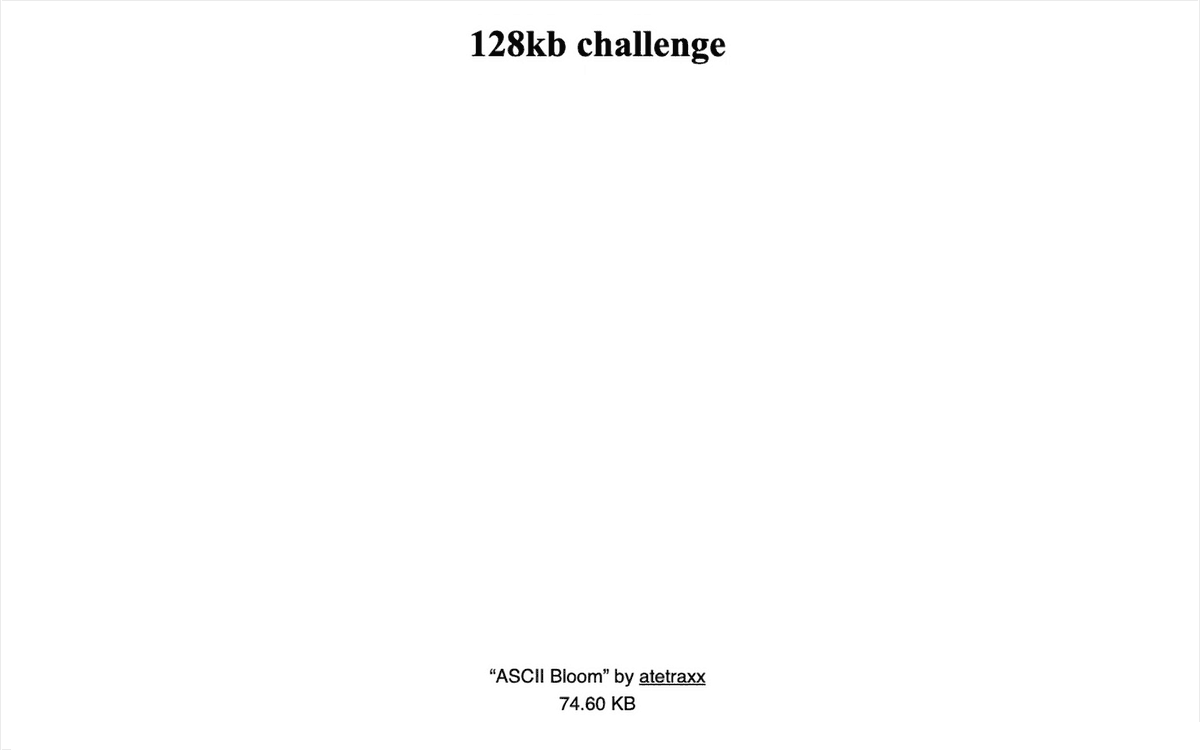
Honouring the centenary of late digital art pioneer Vera Molnar (1924-2023) as part of this year’s Genuary, American media artist and lecturer Golan Levin shares a re-code of Molnar’s 1970 plotter work, À la Recherche de Paul Klee. Realized in p5.js and fully accessible via the p5.js online editor, Levin’s tribute and countless others were prompted by generative artists Melissa Wiederrecht and Piter Pasma, who set the Molnar theme for the online creative coding sprint on Genuary 5th.
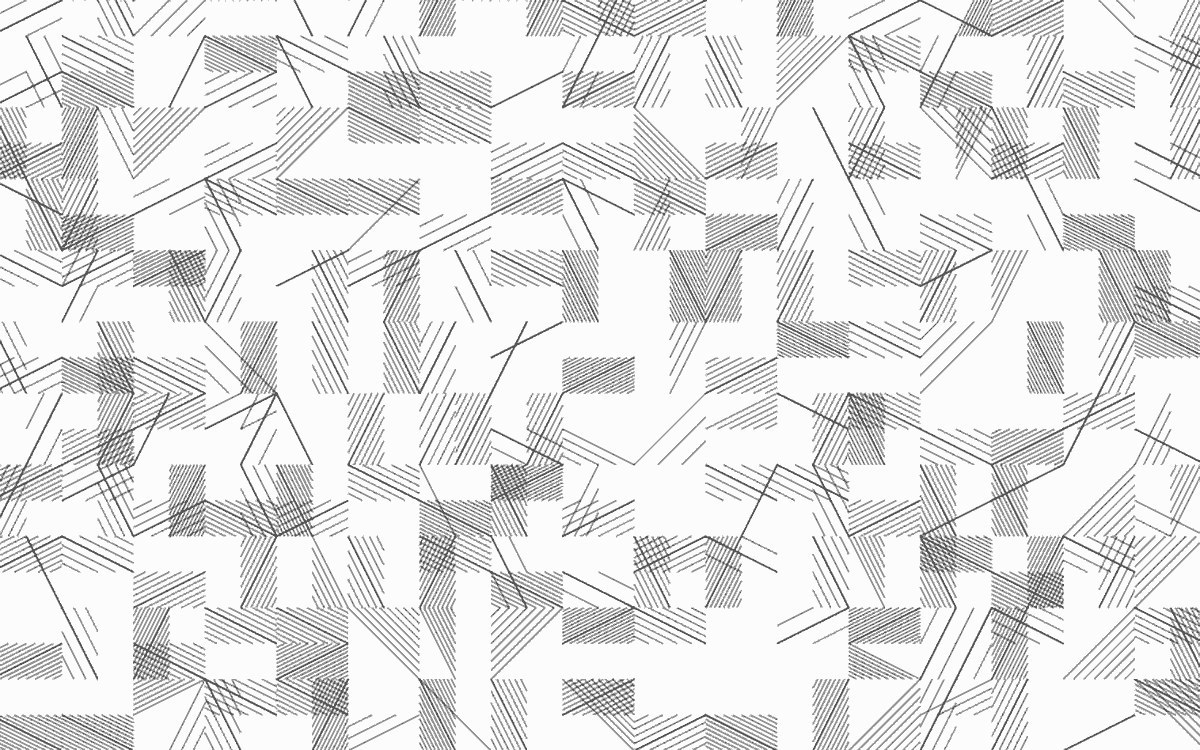
“We’ve been fixing the airplane while flying it for twenty years now—we’re really trying to make it more sustainable for the people involved.”
“I’m starting to accept that the 1995-2020 period didn’t happen, and that generative art emerged out of nothingness in 2020 after being dormant for 40-50 years. People keep telling me, so it must be true.”
The Processing Foundation, a champion of software literacy within the visual arts and developer of the eponymous creative coding toolkits, announces that it received a record-breaking $10 million in donations in 2021, a majority of which came from artists donating cryptocurrency. This generous support has “allowed the Foundation’s work to become sustainable for the first time,” writes Executive Director Dorothy R. Santos, citing particularly generous artists such as Joshua Davis, Monica Rizzolli, Jared Tarbell, and Lia. Santos further announces that the foundation’s board decided to suspend new Ethereum donations over environmental concerns. Support for Tezos, a more energy-efficient cryptocurrency, will continue.
For generative artists, it’s the most wonderful time of the year: #genuary. Starting today, thousands of creative coders including Nadieh Bremer, Jess Hewitt, William Mapan, and Frederik Vanhoutte take to social media to share wild geometries forged in Processing, p5js, openFrameworks and other tools, in response to daily creative prompts. Surprises are to be expected: Amy Goodchild, for example, went analog with markers to ‘draw 10,000 of something’ (image). Follow along!
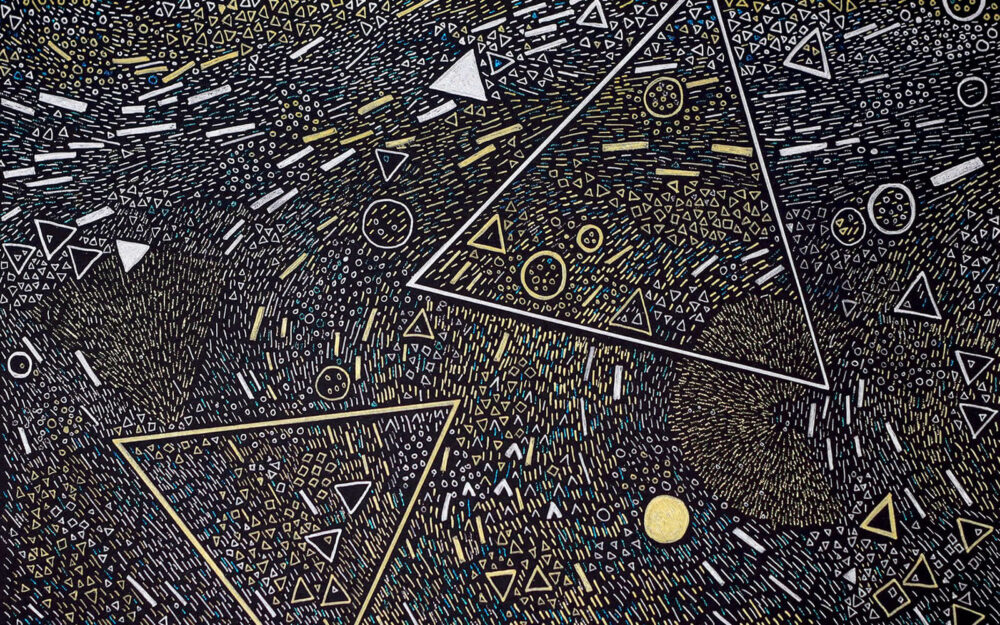
“It became very clear, very quickly, that things like diversity, inclusion, and access were something that we could foreground as a priority. We really wanted to support community members who hadn’t been supported in other open-source places and contexts before.”
“Having the icon be basically the play button was a big innovation of the friendly language of Processing. It isn’t ‘compile’—it’s ‘play.’”
In celebration of the 20th anniversary of the very first release of Processing, the quintessential software sketchbook for visual artists (image: Pro55essing ALPHA, ca. 2003), developers Ben Fry and Casey Reas share the first beta of version 4.0. Feature highlights include Java 11 support, updated video and sound libraries, and direct export of MP4s and animated GIFs. The celebrations continue: over the coming days and weeks the Processing Foundation, universities, and cultural organisations will host a series of community events.
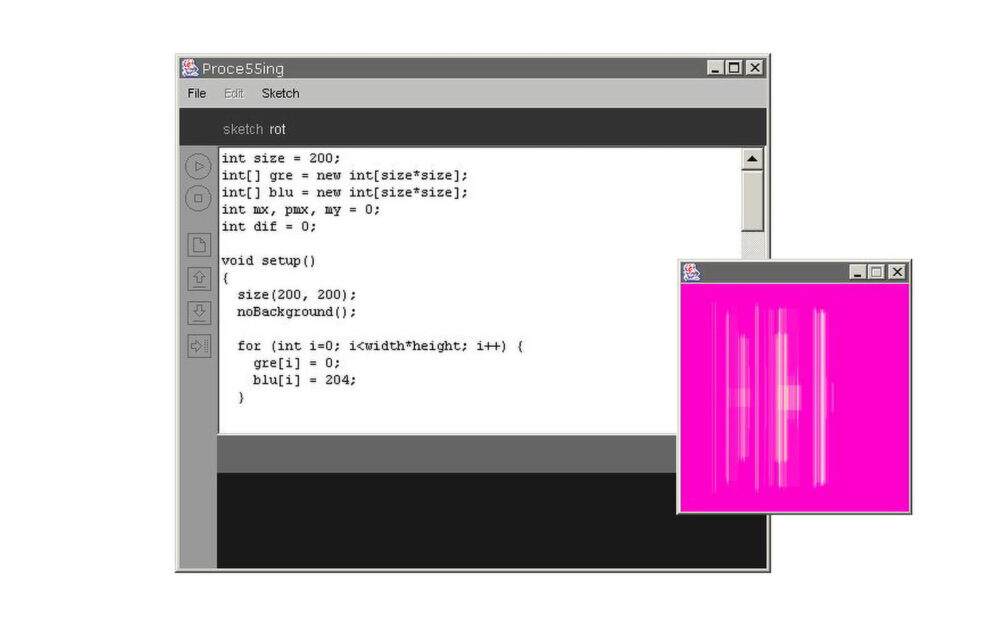
“Leading p5.js is like tending a garden. The p5 garden is the warm gathering space my younger self imagined, where people are welcomed to meet, chat, learn, and exchange ideas.”
“I’ve spent a lifetime wondering why the Amiga ‘Insert Workbench’ boot image looked kinda wonky,” confides Panic Inc. co-founder Cabel Sasser on Twitter. ”I always assumed it was hand-drawn pixel art.” It turns out it’s vector art. A surprised Sasser reveals that just 412 bytes of vector drawing instructions were needed to render the iconic (Sheryl Knowles-created) hand-held floppy disk. “Incredible!” Meanwhile, media artist Golan Levin verified the 1985 vector data with a “quick-and-dirty” Processing sketch.
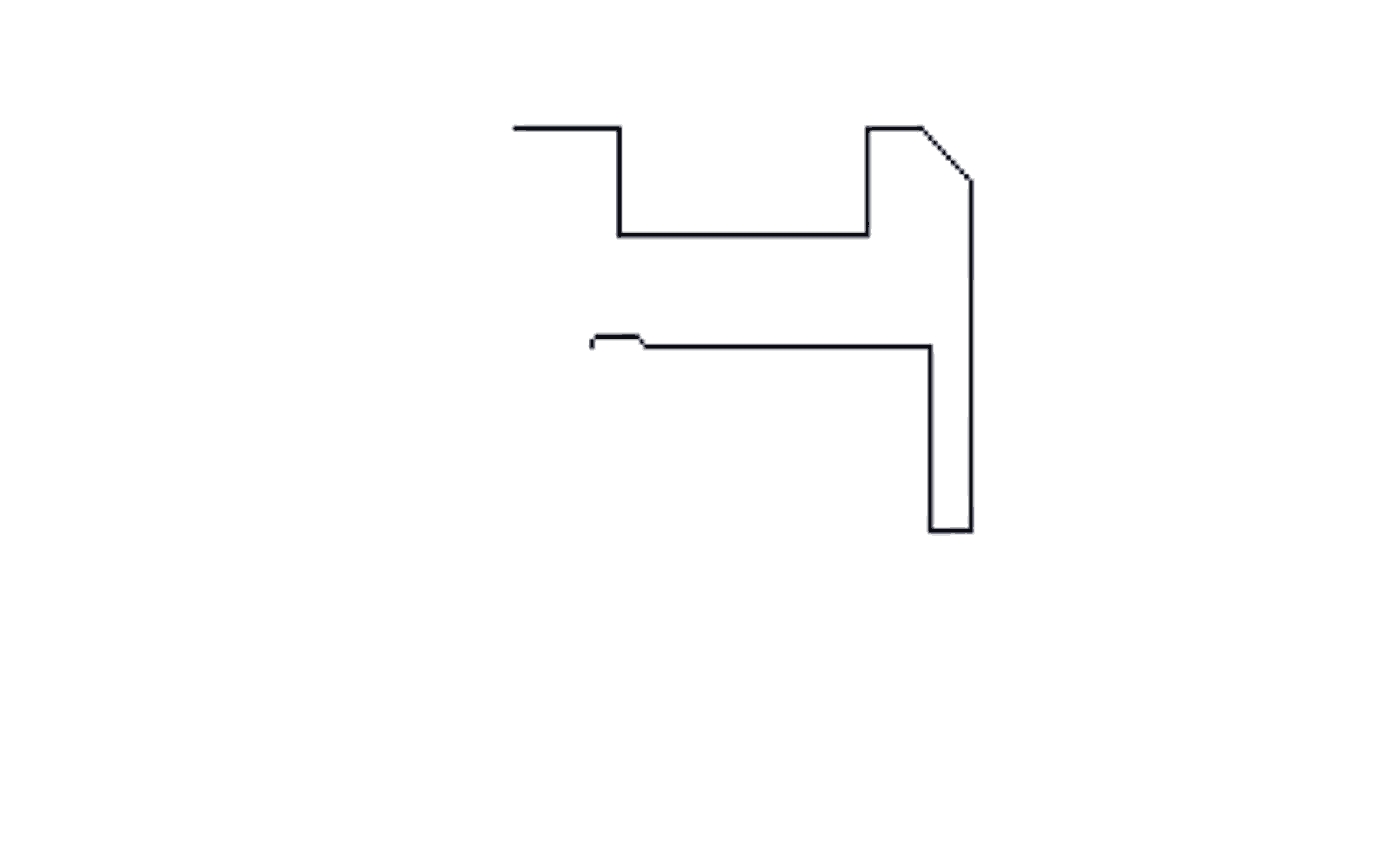
“People don’t associate softness with programming languages and I think that the p5.js community and the language itself actually shows that that kind of [love ethic] is possible.”
Developed under the direction of Golan Levin at the Frank-Ratchye STUDIO for Creative Inquiry at Pittsburgh’s Carnegie Mellon University (CMU), Lingdong Huang and Tatyana Mustakos release PEmbroider, a new library for Processing that merges craft and computation. Whereas existing embroidery software is costly and proprietary, PEmbroider offers a “free, cross-platform, open-source, lightweight Java library for generative embroidery design.”

Daily discoveries at the nexus of art, science, technology, and culture: Get full access by becoming a HOLO Reader!
- Perspective: research, long-form analysis, and critical commentary
- Encounters: in-depth artist profiles and studio visits of pioneers and key innovators
- Stream: a timeline and news archive with 1,200+ entries and counting
- Edition: HOLO’s annual collector’s edition that captures the calendar year in print
